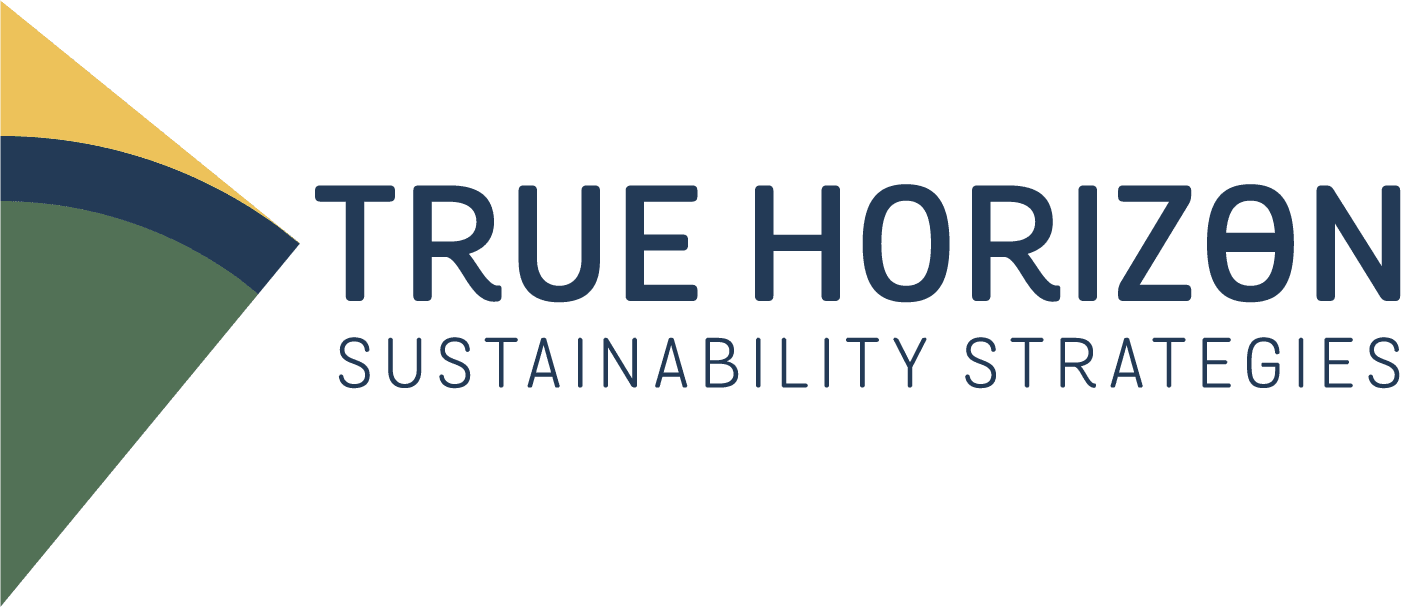
Protect people, protect the planet: what is climate justice?
Climate change may be one of the most pressing challenges of our time, but it doesn’t affect everyone equally.
The communities that are impacted the hardest also tend to be the most disadvantaged. Climate justice is critical to tackling climate change, as it addresses the unfair burdens placed upon poor and marginalised groups.
Let’s explore what environmental justice means in the context of climate change, the relationship between inequality and the climate emergency, and the actionable steps we can take to achieve environmental justice.
What does environmental justice mean for climate change?
The planet is changing. According to clientearth.org, 20 million people are forced from their homes yearly due to climate change, and climate-related disasters have tripled in the last 30 years alone.
Environmental justice champions the fair treatment of all individuals (regardless of their socioeconomic status, race, or geographic location) when it comes to environmental policies and actions.
In terms of climate change, the movement addresses the disproportionate impacts that marginalised communities face due to climate-related issues. These communities are typically hit the hardest by climate change consequences despite contributing less to the problem.
Low-income neighbourhoods and communities of colour often face higher levels of pollution, limited access to resources, and poor infrastructure. Climate change deepens these inequalities, making people more vulnerable to the effects of extreme weather events, health risks, food insecurity, and displacement.
Are women more impacted by climate change?
According to Action Aid, climate change is intrinsically linked to gender. Women and girls often face unique challenges due to existing gender inequalities and societal roles.
- They often bear the responsibility of providing their families with water, food, and fuel for cooking and heating, and these vital resources are increasingly under threat. As a consequence, women and girls are often required to embark on long journeys in search of water when local sources become scarce or depleted. The strain on resources can negatively affect maternal and child health.
- They are more likely to be dependent for their food and income on the land, and natural resources, which are under threat.
- They are less likely to be in positions of power and/or decision-making roles.
- They face a heightened risk of gender-based violence during and following disasters. When forced to leave their homes due to climate change, they become more susceptible to forced marriage, adolescent pregnancy, trafficking, and abuse.
How do we achieve environmental justice?
Achieving climate justice requires collaborative efforts at various levels. Here are some actionable steps we can take:
- Raise awareness and advocate for climate justice: Spread awareness about the unequal impacts of climate change and advocate for policies that address these inequalities. Engage with local communities, organisations, and policymakers to amplify the voices of marginalised groups.
- Consider what part Equity, Diversity and Inclusion (EDI) plays in your own business. More on this to come as I continue with the University of Cambridge Judge Business School’s EDI course.
- Support and empower vulnerable communities: Promote sustainable development initiatives like clean energy that empower marginalised communities economically and socially.
- Encourage inclusive decision-making processes, ensuring the participation of all stakeholders, especially those most affected.
- Advocate for renewable energy policies and support businesses and organisations committed to sustainable practices.
- Promote gender equality and women’s empowerment: Recognise and address the specific challenges faced by women in the context of climate change.
- Empower marginalised groups by providing equal access to education, healthcare, economic opportunities, clean energy and decision-making positions.
- Support climate adaptation and resilience: Enhance community resilience by investing in climate adaptation strategies and infrastructure development.
- Prioritise the needs of vulnerable communities, incorporating indigenous knowledge and local expertise.
We can take significant steps towards achieving climate justice and ensuring a resilient future for all through awareness, advocacy, support for vulnerable communities, and sustainable practices.
If you want to learn more about embedding sustainability and ethics into your business, click here.
